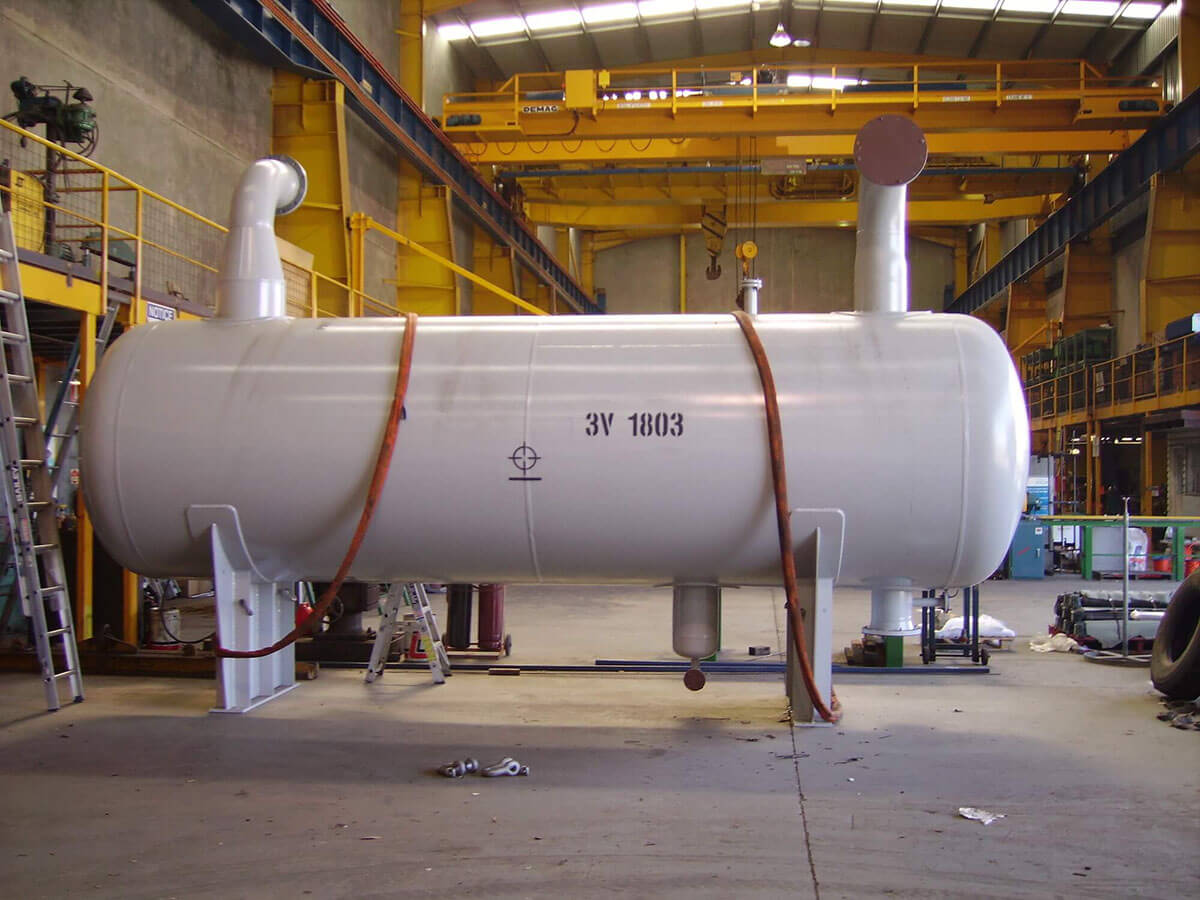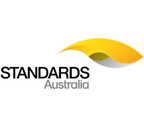Purchasing pressure equipment and related services places a responsibility on the buyer, asset owner and the supplier to ensure equipment and services provided comply with the numerous requirements set out by the standard and specification associated with the enquiry. Partnering with an experienced manufacturer who is confident and upfront about the applied cost model, schedule topology and manufacturing plan can make the buying process less onerous and reduce the risk profile for the overall project.
Consideration in Buying Pressure Equipment & Services
The decision to purchase pressure equipment or related services is typically driven by the need to change the processing status of an operation. This can be driven by an array of factors such as; safety, profit, demand, technology or unforeseen events causing damage. As with pressure equipment manufacturing, the buying process should be concerned with a holistic view of the desired outcome and the factors that influence the risk of not achieving them.
A good way to develop your buying profile and hence gauge what really matters to the outcome is to ask some questions about the project:
- How critical is this asset to my operation and hence revenue?
- What is driving this decision; time, production, safety or integrity?
- How much effort do I want to put into this buying process myself?
- If something goes wrong, how robust was my decision making process?
- Am I just seeking a transaction, or looking for a partnership?
The list of considerations can become extensive using this process, to help prioritise it is useful to speak with suppliers early on in the bid development process so the right supplier can be identified, and then help to shape your project to align with the driving factors and desired outcomes.
Manufacturing History, Past, Present and Future Context
What is meant by manufacturing history and how does it matter?
For LA Services this term is growing in significance and scope, presently the Manufacturing Data Report (MDR) was a punch list dictated by the relevant standards, simply put it is a ‘compliance directive’ focused on:
- Material certification
- Welding procedure and qualification records
- Non-destructive hydro and FAT testing
The focus of these attributes is all about the OEM and underwriters world. But this only represents a slice of the asset’s lifecycle, and has its roots in past Industry 1.0 requirements – being about the ‘product in hand’ only.
But what about the installation, maintenance, modification / life extension and decommissioning slices? And thinking further afield how does your corporate social responsibilities tie into what is being supplied. These questions are driving LA Services’ to re-think manufacturing history, coupling this with I4.0 it offers a future paradigm for the term, and has the potential to add significant value to these assets and the supply chains that underpins them.
Supply Chain – Raw Material Flexibility
Project requirements largely drive material supply, from time frames to exotic element blends they all effect where raw materials might need to come from. Over a number of years LA Services observed the increasing flexibility required in material supply necessary to meet the diversity across our client base. This has led us to build up a global material supply chain and logistic network that enables us to switch between local and offshore purchasing and movement of break-bulk freight when necessary.
We support the local steel industry through the purchase of boiler plates when AS grades are designed into products, we typically purchase heavy forgings, tubes and ASTM grades through South Korea, Europe and America when project demands require alternatives to be included in the manufacturing plan.
Material quality and traceability is an essential variable in the construction of pressure equipment, and while different hazards levels do scale the risk the supply chain and manufacturing history connected to pressure equipment procurement will always play a key role in managing liabilities.
How important is scheduling at Tendering Stage?
Forecasting a project’s realistic completion should be a priority at tender for both the buyer and seller. Due to the high level of requirements across the pressure equipment manufacturing process, the modelling methods chosen are critical to the duration forecast. And in most cases delivery of an asset or service directly impacts production planning and hence revenues at the end of the day for both the buyer and seller.
LA Services considers the following parameters influence schedule accuracy and hence delivery outcomes:
- The design sequence & material critical data
- Material origin and logistics planning
- Equipment build sequence
- Resource and constraint modelling
So when considering the buying profile of your project, it is recommended to not only seek visibility on the manufacturing plan, but to look into the modelling scenarios and their relevance to the project’s risks.



